1960s
|
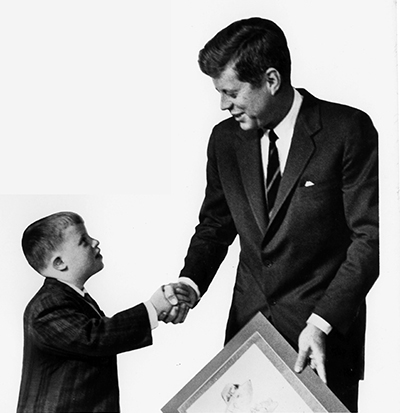
1961 — President Kennedy created President’s Panel on Mental Retardation, which called upon America to address the desires of people with intellectual disabilities to be part of everyday life. Peabody College’s Nicholas Hobbs and Lloyd Dunn were appointed.
|
|
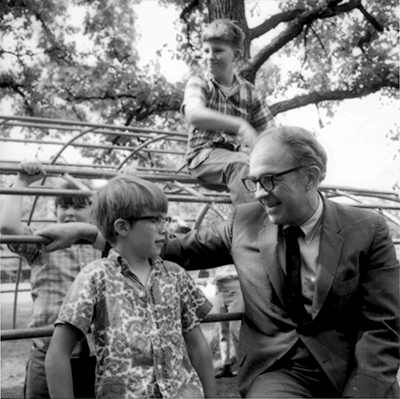
1961 — Nicholas Hobbs received NIMH grant to develop an ecological approach to helping children with emotional problems, which evolved into Project Re-ED. When the Kennedy Center was founded, Re-ED became a part of the Research Group on Behavior Disorders in Children.
|
|

1962 — The National Institute of Child Health & Human Development (NICHD) was founded as part of the National Institutes of Health.
|
|
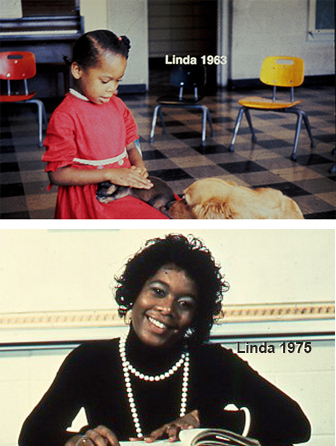
1962 — The Early Training Project began (following 1959 pilot study), led by Susan Gray and Rupert Klaus, with NIMH funding. This pioneering early education intervention and research program served as a model for Head Start. Later, as part of the national Consortium on Longitudinal Studies, Gray followed participants from ages 3 to 21; the data indicated long-term benefits.
|
|
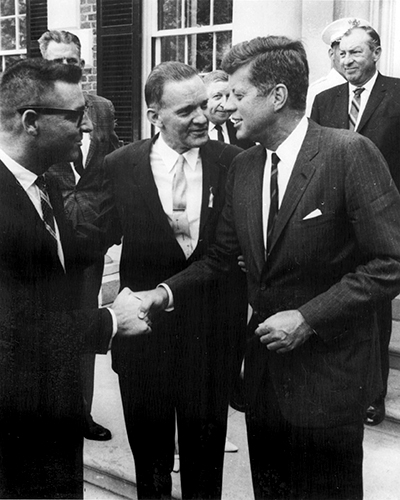
1962 — Joseph P. Kennedy Jr. Foundation Visiting Professorships in Mental Retardation Research were established at Peabody College.
|
|
1963 — Congress passed the Mental Retardation Facilities and Mental Health Centers Construction Act (Public Law 88-164).
|
|
Jan. 31, 1964 — Peabody College submitted a proposal to the Joseph P. Kennedy Jr. Foundation for a matching gift to establish the “Center for Research on Human Development.”
|
|
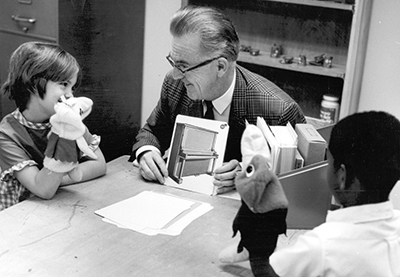
1964 — The Institute on Mental Retardation and Intellectual Development (IMRID) Program Project was funded by NICHD; it became a part of the Kennedy Center at its founding and was continuously funded for the next 32 years (ending Dec. 31, 1996).
|
|
Nov. 25, 1964 — Peabody College submitted an application for a Joint Construction Grant to build the Mental Retardation Laboratory and Child Study Center, and the Human Development Laboratory to house the Kennedy Center.
|
|
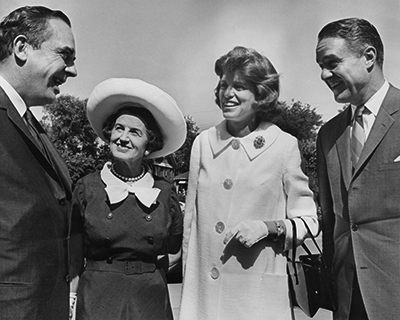
May 29, 1965 — A Convocation was held marking the establishment of the John F. Kennedy Center for Research on Education and Human Development. Pictured left to right: Governor Frank G. Clement, Rose Kennedy, Eunice Kennedy Shriver, and Sargent Shriver.
|
|
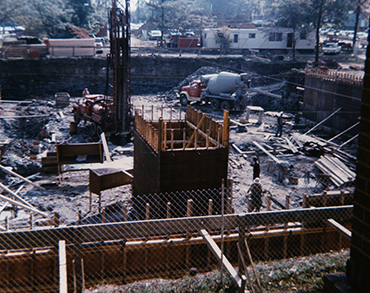
August 1966 — Ground was broken for construction of the two buildings.
|
|
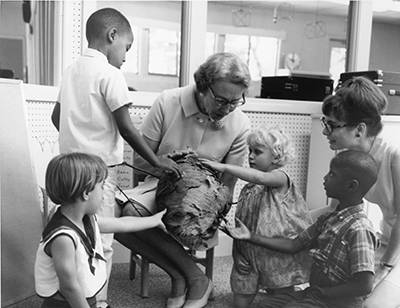
1966 — The Demonstration and Research Center for Early Education (DARCEE), directed by Susan Gray, was founded as a part of the Kennedy Center.
|
|
March 1967 — 1st Gatlinburg Conference on Research and Theory in Intellectual and Developmental Disabilities, the premier national conference in the field, initiated by Norman Ellis, Peabody Professor of Psychology and Center Investigator.
|
|
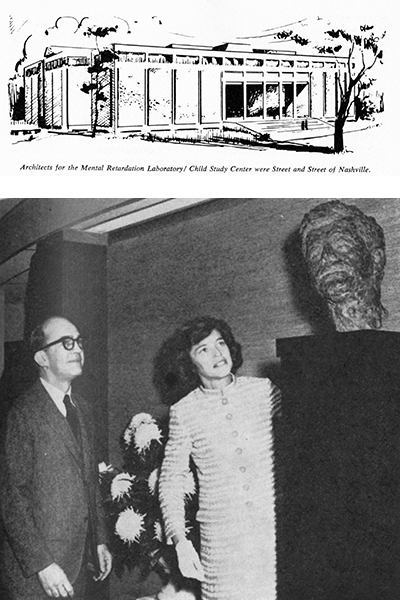
March 31, 1968 — A Dedication was held celebrating the completion of the two Kennedy Center buildings. With completion of MRL, the Experimental School was founded. A bronze bust of President Kennedy by sculptor Robert Berks, donated by the Kennedy Family, was installed in MRL. Pictured are Nicholas Hobbs and Eunice Kennedy Shriver.
|
|
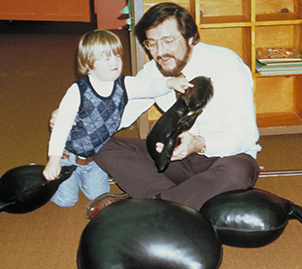
June 1968 — The Kennedy Center organized and hosted the first international conference on social-cultural aspects of mental retardation, led by H. Carl Haywood, with NIMH funding; proceedings were published as a book edited by Haywood, Social-cultural aspects of mental retardation. (Appleton-Century-Crofts, 1970).
|
|
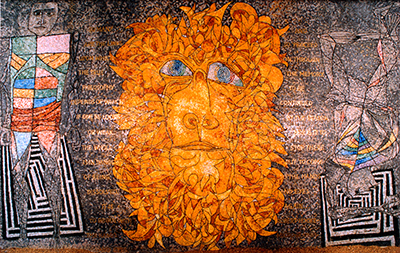
Oct. 5, 1969 — A mosaic by Ben Shahn for the Human Development Laboratory was dedicated. Susan Gray led the planning and fundraising effort.
|
|
[Unless noted all photos are from the George Peabody College Photograph Collection, Vanderbilt University Special Collections and University Archives]